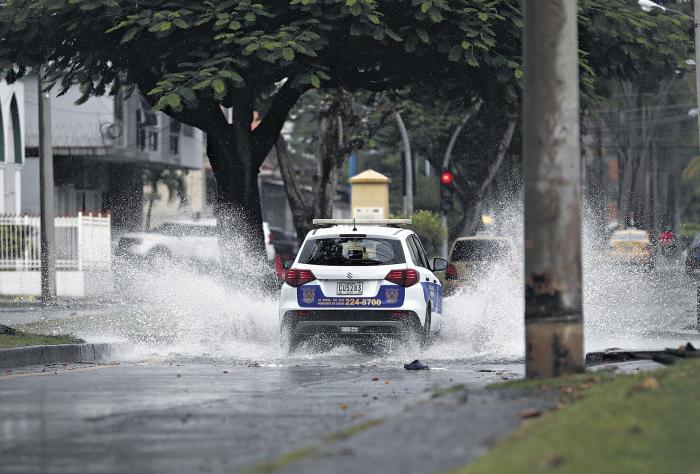Authorities on standby for El Niño phenomenon

The Executive and the Panama Canal Authority (ACP) are analyzing a series of alternatives to deal with the -decrease in rainfall that the El Niño phenomenon – expected by mid-year- will cause.
What worries the authorities is that in the face of a climatic event, there is a decrease in rainfall during the rainy season. the El Niño phenomenon can last from one year to 18 months. The Institute of Meteorology and Hydrology of Panama (IMHPA). is currently monitoring low levels of the lakes (Fortuna, Bayano, and Changuinola) that supply the National Institute of Aqueducts and Sewers (Idaan) for consumption, and the operation of the Canal. The greatest risk looming is that during May, June, and July the rainfall is not enough (at least 100 milliliters per day) to recover the levels and have a cushion to supply enough water during El Niño. At this time, no one can predict what the effects of the phenomenon will be because they also do not know the intensity and duration that it will have.
In July the IMHPA will be able to make a more accurate diagnosis. Knowing how intense and prolonged it can be, and if it puts the water security of the country at risk The situation has forced the Executive, the Idaan, and the ACP to work together to analyze a series of possible measures to adopt in the short, medium and long term. The last two are fed by the same water sources, and if there is a decrease in rainfall, it will affect both the availability of water for consumption, as well as the passage of ships, which in turn will impact the country’s finances.
ALTERNATIVES
Among the possible short-term measures being considered is the “drilling of wells (already happening), closing leaks in the pipes, vectorizing the distribution of water in case of little rainfall, and reviewing Idaan’s pumps and storage tanks.
This year the El Niño phenomenon will be a fact, as published by the National Oceanic and Atmospheric Administration (NOAA) of the US Department of Commerce. The probability that it will occur in Panama this year is 80%.
In 2010, the same phenomenon motivated the government to issue an Executive Decree that classified the activities of the rational use of water, which prohibited watering streets, washing cars, and restricting swimming pools.
Water is the engine of the country. It allows the crossing of 6% of containerized trade worldwide through the Panama Canal, which requires 7% of the total use of water. Power generation demands 89%, the agricultural sector 1.7%, while human consumption is supplied with 1.3% of total production.





